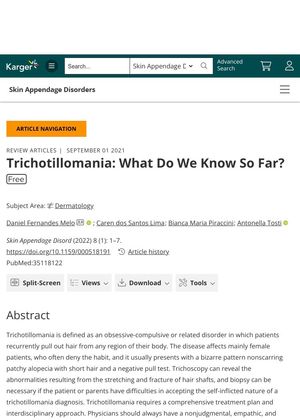TLDR Trichotillomania treatment is most successful with a mix of behavioral therapy, medication, and social support.
Trichotillomania is an obsessive-compulsive disorder where patients compulsively pull out their hair, affecting mainly females and presenting as nonscarring patchy alopecia. It is estimated to affect 0.5–2% of the general population, but the actual prevalence may be higher due to the associated shame. Treatment requires a comprehensive, interdisciplinary approach. Behavioral therapy, particularly cognitive-behavioral therapy (CBT) and habit reversal training (HRT), has shown success, and new technologies that monitor habits may enhance its effectiveness. Pharmacotherapy, including tricyclic antidepressants, selective serotonin reuptake inhibitors, and glutamate-modulating agents like N-acetylcysteine, may also be necessary. However, no medications are specifically approved for trichotillomania, and their efficacy varies. Social support is a significant factor in successful treatment, and negative feedback or punishment for hair pulling is not effective.
24 citations
,
June 2020 in “Dermatologic Therapy” New drugs like N-acetylcysteine and dronabinol show promise for treating hair-pulling disorder.
29 citations
,
February 2019 in “Pediatric dermatology” Trichotillomania shows specific signs like black dots and uneven hair lengths but lacks certain features of alopecia areata.
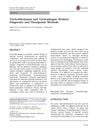 30 citations
,
August 2018 in “Dermatology and Therapy”
30 citations
,
August 2018 in “Dermatology and Therapy” Better-designed, long-term studies are needed to optimize treatment for trichotillomania and trichophagia.
219 citations
,
September 2016 in “American Journal of Psychiatry” Trichotillomania is different from OCD and is best treated with habit reversal therapy and specific medications.
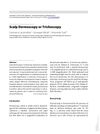 69 citations
,
January 2015 in “Current problems in dermatology”
69 citations
,
January 2015 in “Current problems in dermatology” Trichoscopy is a quick, noninvasive method to diagnose hair and scalp disorders, often reducing the need for biopsies.
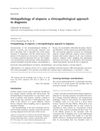 170 citations
,
December 2009 in “Histopathology”
170 citations
,
December 2009 in “Histopathology” The conclusion is that accurate diagnosis of different types of hair loss requires good teamwork between skin doctors and lab experts.
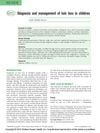 1 citations
,
May 2016 in “Current Opinion in Pediatrics”
1 citations
,
May 2016 in “Current Opinion in Pediatrics” Children's hair loss can be caused by various factors and should be treated with appropriate, age-specific methods and psychological support.
April 2022 in “Journal of Investigative Dermatology” Androgenetic alopecia causes hair thinning due to increased androgen activity, treatable with minoxidil and finasteride.
 5 citations
,
November 2021 in “Skin appendage disorders”
5 citations
,
November 2021 in “Skin appendage disorders” Hair loss can cause stress and mental health issues, so treatments should address both the physical and psychological aspects, involving a team of dermatologists, psychologists, and hair specialists.
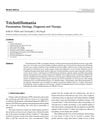 83 citations
,
January 2001 in “American journal of clinical dermatology”
83 citations
,
January 2001 in “American journal of clinical dermatology” Clomipramine may significantly reduce hair-pulling in Trichotillomania, but more research is needed on treatments and early onset cases.
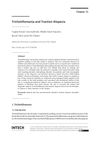 May 2017 in “InTech eBooks”
May 2017 in “InTech eBooks” Hair pulling disorder is treated with therapy and medication; hair loss from tension can be reversed if caught early.
